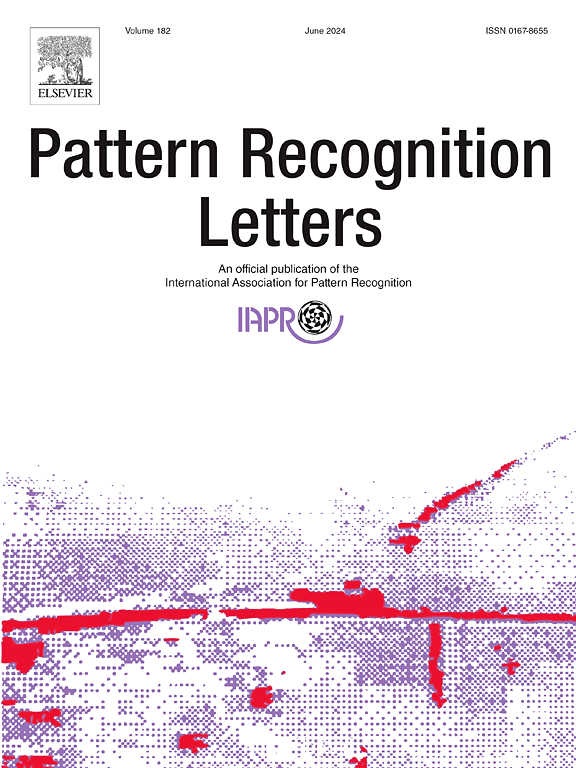AnchorFormer: Differentiable anchor attention for efficient vision transformer
IF 3.3
3区 计算机科学
Q2 COMPUTER SCIENCE, ARTIFICIAL INTELLIGENCE
引用次数: 0
Abstract
Recently, vision transformers (ViTs) have achieved excellent performance on vision tasks by measuring the global self-attention among the image patches. Given patches, they will have quadratic complexity such as and the time cost is high when splitting the input image with a small granularity. Meanwhile, the pivotal information is often randomly gathered in a few regions of an input image, some tokens may not be helpful for the downstream tasks. To handle this problem, we introduce an anchor-based efficient vision transformer (AnchorFormer), which employs the anchor tokens to learn the pivotal information and accelerate the inference. Firstly, by estimating the bipartite attention between the anchors and tokens, the complexity will be reduced from to , where is an anchor number and . Notably, by representing the anchors with the neurons in a neural layer, we can differentiably learn these anchors and approximate global self-attention through the Markov process. It avoids the burden caused by non-differentiable operations and further speeds up the approximate attention. Moreover, we extend the proposed model to three downstream tasks including classification, detection, and segmentation. Extensive experiments show the effectiveness of AnchorFormer, e.g., achieving up to a 9.0% higher accuracy or 46.7% FLOPs reduction on ImageNet classification, 81.3% higher mAP on COCO detection under comparable FLOPs, as compared to the current baselines.
可微分的锚注意力,高效的视觉变压器
近年来,视觉转换器(ViTs)通过测量图像块之间的全局自关注,在视觉任务中取得了优异的性能。给定n个patch,它们将具有O(n2)之类的二次复杂度,并且在分割小粒度的输入图像时时间成本很高。同时,关键信息通常在输入图像的几个区域随机收集,一些标记可能对下游任务没有帮助。为了解决这个问题,我们引入了一种基于锚点的高效视觉转换器(AnchorFormer),它利用锚点令牌来学习关键信息并加速推理。首先,通过估计锚点与令牌之间的二部分关注,将复杂度从O(n2)降低到O(mn),其中m为锚点个数,m<n。值得注意的是,通过用神经层中的神经元表示锚点,我们可以微分地学习这些锚点,并通过马尔可夫过程近似全局自注意。它避免了不可微运算带来的负担,进一步加快了近似注意速度。此外,我们将提出的模型扩展到三个下游任务,包括分类、检测和分割。大量的实验表明了AnchorFormer的有效性,例如,与当前基线相比,在ImageNet分类上实现了高达9.0%的准确率提高或46.7%的FLOPs减少,在可比FLOPs下COCO检测的mAP提高了81.3%。
本文章由计算机程序翻译,如有差异,请以英文原文为准。
求助全文
约1分钟内获得全文
求助全文
来源期刊

Pattern Recognition Letters
工程技术-计算机:人工智能
CiteScore
12.40
自引率
5.90%
发文量
287
审稿时长
9.1 months
期刊介绍:
Pattern Recognition Letters aims at rapid publication of concise articles of a broad interest in pattern recognition.
Subject areas include all the current fields of interest represented by the Technical Committees of the International Association of Pattern Recognition, and other developing themes involving learning and recognition.
 求助内容:
求助内容: 应助结果提醒方式:
应助结果提醒方式:


